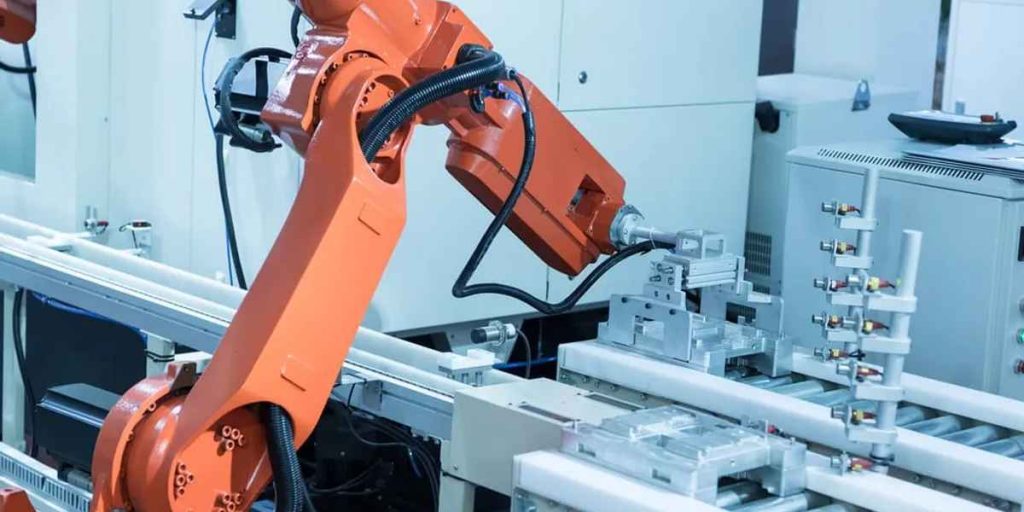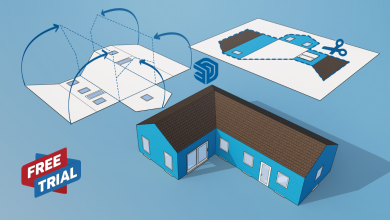Linear actuators are essential components of modern automation systems. These devices are capable of converting rotational motion into linear motion, allowing precise motion and positioning control in a variety of applications. Linear actuators are used https://www.progressiveautomations.ca/collections/linear-actuators in many everyday devices, such as power recliners, adjustable beds, standing desks, and medical equipment.

Contents
Advantages of Linear Actuators
One of the main advantages of linear actuators is the ability to provide smooth and precise motion. This is particularly useful in furniture design, where user comfort and safety are paramount. Power recliners, for example, use linear actuators to adjust the positions of the backrest and footrest, providing personalized support to the user’s body.
Applications of Linear Actuators in Different Industries
Actuators are used in assembly lines to perform tasks such as gripping, lifting, pushing, and rotating with unparalleled accuracy and repeatability. This has significantly reduced human error and increased the speed of production, leading to higher throughput and improved product quality. Actuators have also enabled the automation of previously labor-intensive and hazardous tasks, resulting in safer working environments for employees.
In the aerospace industry, actuators are integral to the functioning of aircraft systems. They are used in flight control surfaces, landing gear, and engine controls, allowing for precise control of the aircraft’s movements. Actuators play a critical role in ensuring the safety and reliability of aircraft operations, as they need to operate under extreme conditions and withstand high loads and vibrations. Their ability to provide rapid and precise movements is crucial for maintaining flight stability, reducing fuel consumption, and enhancing passenger comfort.
Automotive manufacturing has also been revolutionized by actuators. Actuators are used in automated production lines for tasks such as welding, painting, and assembling components, enabling faster and more efficient production processes. Actuators are also essential in modern vehicles for functions such as power windows, seat adjustments, and electronic stability control. These advanced features have improved the comfort, convenience, and safety of vehicles while reducing the reliance on manual labor and increasing overall productivity.
In the field of robotics, actuators are fundamental to achieving precise and controlled movements in robotic systems. They are used in robotic arms, grippers, and joints, allowing robots to perform tasks with human-like dexterity and precision. Actuators enable robots to carry out complex tasks in various industries, such as logistics, healthcare, and agriculture. They have revolutionized the way robots interact with their environment, making them more versatile and adaptable to different tasks and environments.
Actuators have also contributed to advancements in renewable energy production. In solar energy systems, actuators are used to adjust the orientation and tilt of solar panels to optimize their exposure to sunlight, increasing their efficiency. In wind energy systems, actuators are used to control the pitch and position of wind turbine blades, improving their performance and safety. Actuators have played a vital role in driving the adoption of renewable energy sources, contributing to a more sustainable and environmentally friendly industrial landscape.
Benefits of Linear Actuators
Actuators are revolutionizing the industrial landscape by providing precise and controlled movements in a wide range of applications. They have significantly improved efficiency, productivity, and safety in industries such as manufacturing, aerospace, automotive, robotics, and renewable energy. As technology continues to advance, actuators are expected to play an even more significant role in shaping the future of industries, driving innovation, and unlocking new possibilities for automation and control. The potential of actuators to transform industries is immense, and their continued evolution promises to revolutionize the way we design, manufacture, and operate in the industrial world.
Adjustable beds also use linear actuators to raise and lower the head and foot sections, allowing for comfortable sleeping and reading positions. Standing desks can also be fitted with linear actuators to adjust the height of the work surface, reducing the risk of back and neck pain associated with prolonged sitting.
In medical applications, linear actuators are used to move and position various equipment such as surgical tables, x-ray machines, and patient lifts. These devices can be precisely controlled to ensure patient comfort and safety while improving the efficiency of medical procedures.
Overall, linear actuators play a crucial role in improving the quality and comfort of everyday life through automation. These devices allow precise control of movements and positioning, ensuring the safety and comfort of the user. From furniture design to medical equipment, linear actuators have a wide range of applications and are an essential component of modern automation systems.



